A Year in the Vineyard: The Winemaker’s Seasonal Calendar
Throughout the year, the winegrower prepares the soil and tends to the vines so that, by the time harvest approaches, they can finally reap the rewards of their work.
The grower adapts to the vine, sensing its needs. The vineyard requires constant care and attention, month after month.
These efforts give life to the great wines of the Loire — discover 10 must-know appellations of the Loire Valley that reflect this dedication throughout the year.
Here is a general overview of what happens in the vineyard, broken down by month.
Of course, every wine estate adjusts this calendar according to its region, grape varieties, climate, weather conditions, and cultivation methods.
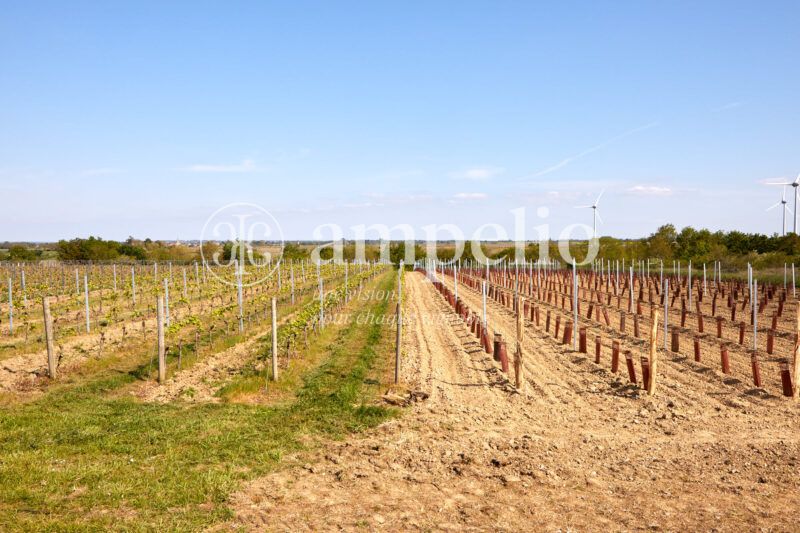
January: Pruning the vine
In the vineyard
Pruning generally begins in December and can last until March.
The grower makes precise cuts on the vine stock according to the chosen pruning method. By directing the growth away from certain shoots, they determine how much the vine will produce: many shoots mean higher yields, while fewer shoots result in fewer grapes but of higher quality.
This stage is essential for the future quality of the wine.
It is also important not to prune too early. If the vine is pruned too soon, budburst will occur earlier, which can expose the buds to spring frosts.
Administrative tasks
Before January 31, the estate must complete its déclaration de revendication (DREV — the mandatory declaration for appellation wines) and its advance declaration of bulk wine sales for trade purposes.
February: Pruning and Cutting
In the vineyard
February is the continuation of pruning, and for some growers, the time to collect cuttings for future vineyard plantings.
These cuttings can be prepared directly at the estate or supplied by a nursery. The young vines obtained are called plantiers. The goal is to cultivate resistant vines, especially against phylloxera (tiny aphids that attack the vine).
In the cellar
In the winery, wine may contract due to the cold. The grower must carefully monitor the tanks and perform ouillage, topping up a barrel with wine of the same quality to prevent oxidation.
Red wines are undergoing malolactic fermentation, while lighter cuvées are already ready to drink.
Administrative tasks
Before February 28, the winegrower must complete the register of production objectives.
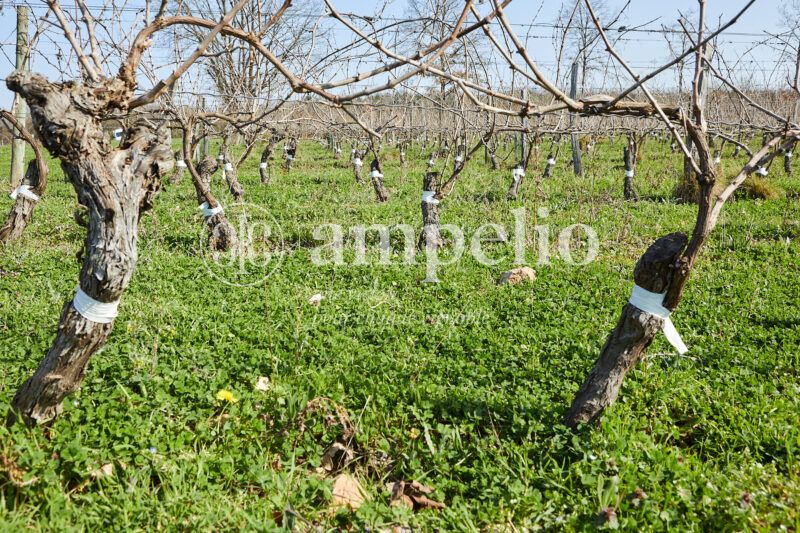
March: Plowing
In the vineyard
March marks the time to finish pruning before spring arrives and the vine awakens.
It is also the ideal moment to plow the soil. The grower “déchausse” the vines (moving the soil back towards the middle of the row) and “décavaillonne” (pulling the soil away from the vine stocks and into the row).
Traditionally, plowing was done with a horse. Today, most estates carry out this work mechanically. However, some winegrowers maintain, or are returning to, this traditional method.
In the cellar
White and rosé wines are now ready for filtration. Meanwhile, the grower continues monitoring the fermentation of red wines.
April: Trellising
In the vineyard
By April, the vine is growing rapidly, and the shoots must be supported. This is when winegrowers begin trellising: tying the vine horizontally onto wires to guide its growth. This technique not only provides structure but also helps the vine aerate properly while shading the trunks and grape clusters.
Spring is also the season for planting young vines. An estate may choose to establish new vineyards to expand its surface or to replace old vines.
In the cellar
Fresh, fruity white and rosé wines are bottled at this stage.
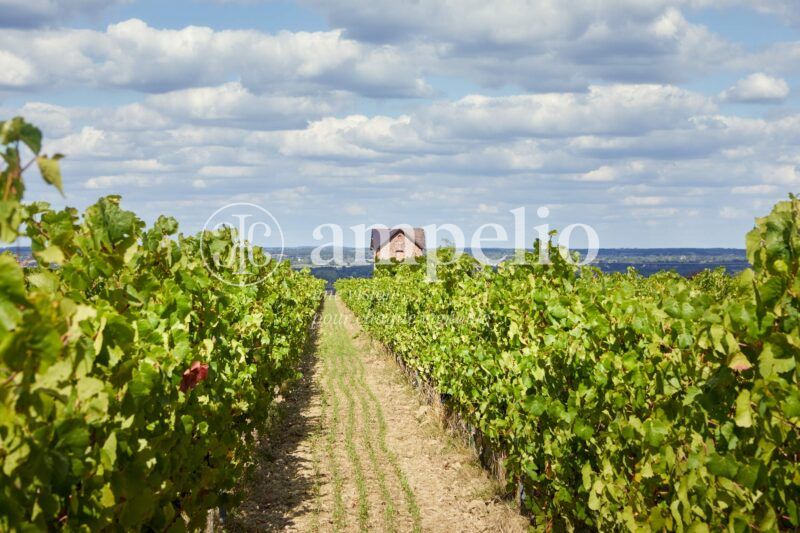
May: Protecting the vine
In the vineyard
In May, the vine becomes particularly vulnerable to diseases such as downy mildew and powdery mildew. These can be devastating, so the grower must take steps to protect the vineyard.
Depending on the chosen farming approach, several methods may be applied: plowing for weed control and/or spraying treatments.
The grower also performs épamprage (or debudding), removing small infertile shoots (pampres) to optimize the growth and energy of the productive parts of the vine.
June: Flowering
In the vineyard
As temperatures rise, the vine begins to flower, and grape berries start to appear. The success of this flowering will determine the number of berries per cluster.
To encourage proper ripening and good sun exposure, the grower practices leaf removal and trimming of shoots.
It is often said that harvest takes place around 100 days after the first flowers appear.
In the cellar
More structured wines are bottled before summer.
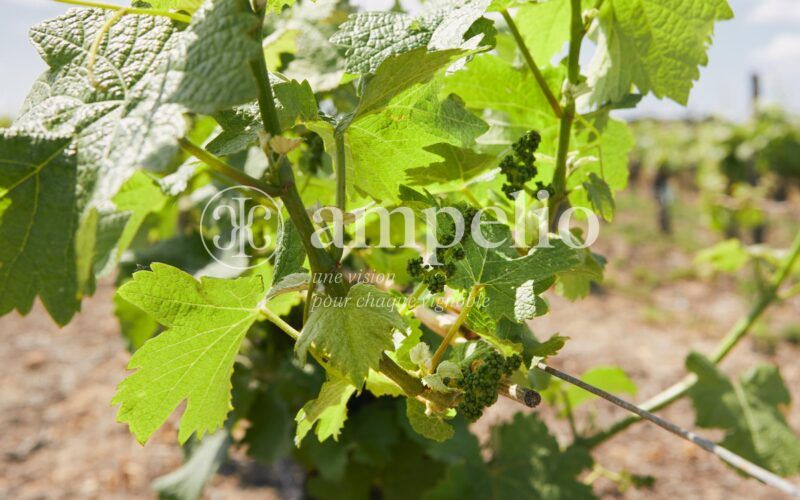
July: Monitoring ripening
In the vineyard
The vine continues to grow, and the winegrower keeps trimming shoots to ensure proper ripening of the grapes.
July is also the last month to work the soil and apply treatments.
Administrative tasks
By July 31 each year, the grower must complete the mandatory stock declaration.
August: Before harvest
In the vineyard
From late July to early August, veraison takes place: grapes begin to change in appearance and color. White varieties become translucent, while red varieties turn from green to red.
To accumulate sugar and reduce acidity, clusters must be as exposed to sunlight as possible. However, during heatwaves, careful monitoring is needed to avoid vine burn.
Before harvest, the grower may carry out a green harvest (vendanges en vert), cutting away certain clusters to keep only the best ones.
With climate change, harvest, traditionally in September, can now begin as early as mid- or late August. If not, this month often allows growers a short period of rest and vacation.
In the cellar
The winery must be cleared and prepared to welcome the incoming harvest. Tools and equipment are carefully checked to ensure they are in working order.
Administrative tasks
After completing the stock declaration, the grower must submit it by August 31.
Ahead of harvest, the estate also prepares to hire seasonal workers.
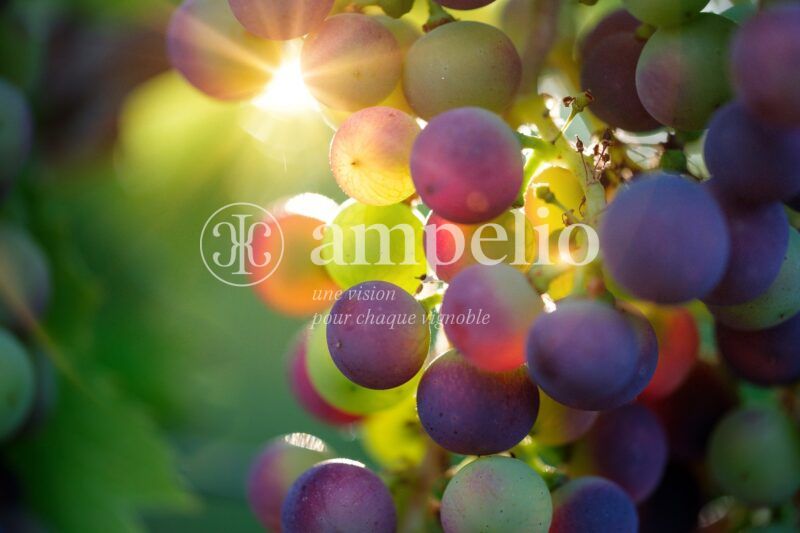
September: Harvest
In the vineyard
Harvest is the most important moment in a winegrower’s year: the time to finally gather the fruit of months of work.
It begins once the grapes have reached their ideal maturity, balancing sugar and acidity according to the style of wine desired.
Every estate defines its own harvest: manual or mechanical, start and end dates, grape varieties, wine styles, number of seasonal workers…
In the cellar
The winery is a hive of activity, ready to receive the grapes and begin vinification.
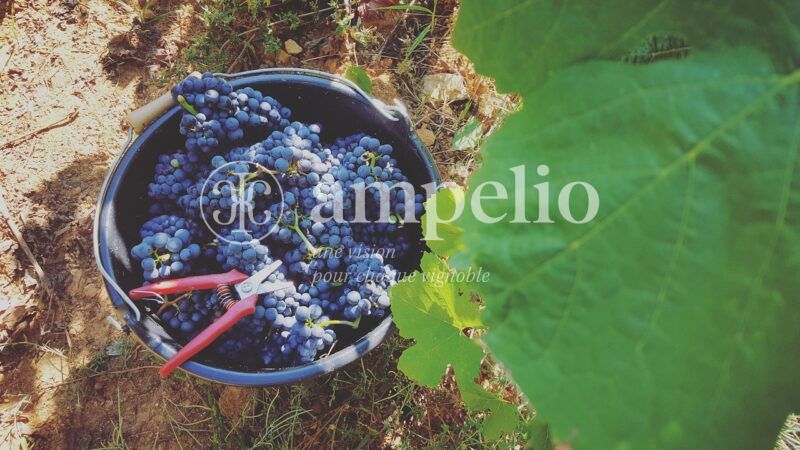
October: Vinification
In the vineyard
Some estates are still completing their harvests, particularly those producing sweet wines.
In the cellar
Sorting, destemming, pressing, and the start of fermentation, the well-rehearsed process that transforms grapes into wine is in full swing.
The grower spends most of their time in the winery, carefully monitoring alcoholic fermentations and sugar levels.
It is during this stage that the taste and character of the wine are defined, showcasing all the winemaker’s expertise and savoir-faire. Every estate has its own unique secrets and traditions.
Administrative tasks
A first partial harvest declaration must be filed if grapes or must have been sold.
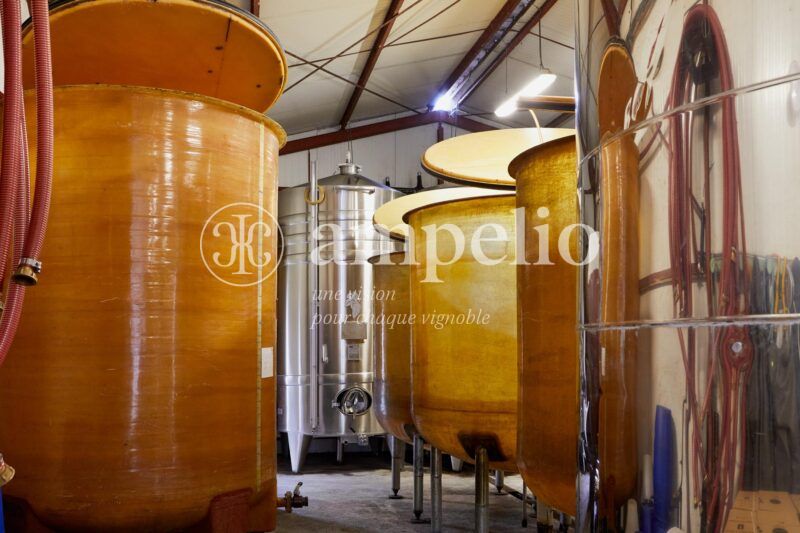
November: Preparing for winter
In the vineyard
The vines must be prepared for the cold: growers butte the vine stocks, covering them with soil to limit the impact of frost and to help rainwater drain away.
In the cellar
Fermentations are coming to an end, still under the careful eye of the winemaker.
This marks the beginning of the aging process, either in barrels or tanks, kept warm and protected as the wines settle in for winter.
December: Start of pruning
In the vineyard
The vines shed their leaves and enter dormancy. In some regions, pruning resumes around mid-December.
In the cellar
Cellar temperatures must be properly adjusted to endure the winter and ensure fermentations continue smoothly.
Administrative tasks
By December 10, the estate must validate its harvest declaration electronically.
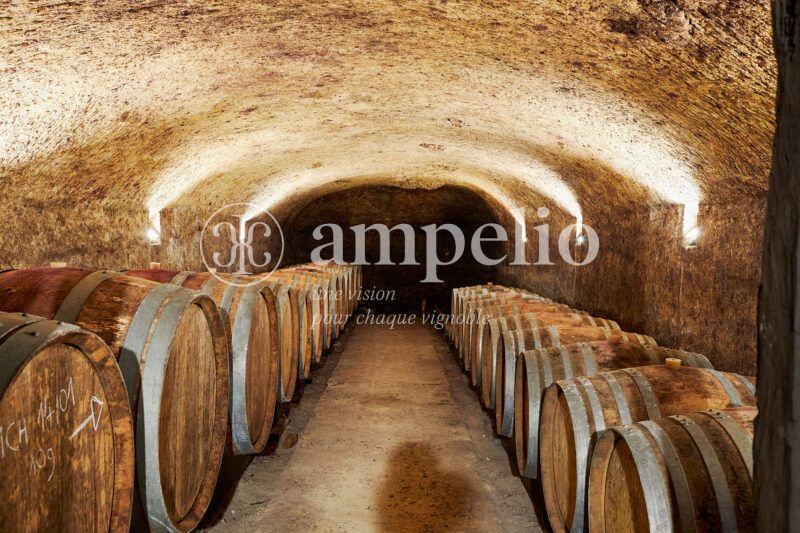
Despite this calendar outlining the main stages, each wine estate and each grower must adapt to their own soil, vineyard, climate, and wine.
From there, the wine follows a carefully defined journey, guided at every step by the winemaker, before finally reaching our tables.
For those ready to take the next step in their own wine journey, explore how we can assist with the sale of a wine estate.
At Ampelio, our mission is to create the right match between a wine estate and its future owner. We place people at the very heart of our work.
In every transfer, our main concern is ensuring that the association is lasting, sustainable, and balanced — so that each party can thrive and find value in the project. The economic future of the wine estate is also a key element we take into account.
We actively support these transitions and dedicate all our expertise to serving each project.
Do you have a question about selling or buying a wine estate?
Our team will be delighted to discuss your project with you and answer all your questions.
Ampelio brings over 10 years of experience in supporting and advising on wine estate transactions in the Loire Valley.
